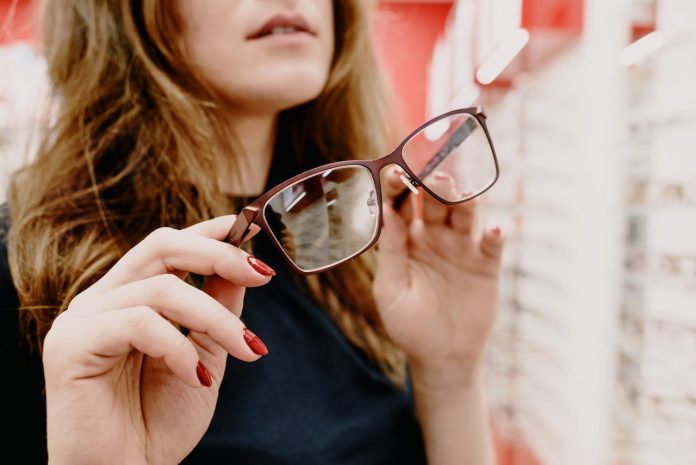In an era dominated by screens and marked by a rising cost of living, the state of our eyesight has become an increasingly urgent concern. According to our previous article, more than one in three people in the UK reported deteriorating eyesight attributed to the surge in screen time, as digital working, online learning and even virtual socialising become norms in the digital age. Fight for Sight explains that blurred vision is usually fixable with glasses or contact lenses. However, individuals with high myopia or nearsightedness are at risk of complete sight loss due to a torn or detached retina.
This alarming trend highlights that there’s an escalating need for comprehensive vision care solutions. Below, we take a closer look at the different efforts to bridge the gap between vision care and shifts in work styles and costs.
Challenges in vision care and accessibility
Amidst a cost of living crisis, more individuals are taking significant risks with their vision health. According to a 2022 AOP survey, a staggering 62% of those who rely on glasses or contact lenses admit to postponing payments for necessary vision correction amid the ongoing economic crisis. Meanwhile, 36% of respondents acknowledged wearing out-of-date prescriptions, while 19% resorted to self-repairing their glasses. Notably, the AOP survey additionally reports patients who’ve turned to pound shop ‘ready reader’ glasses as one of the many inventive yet potentially risky cost-cutting measures to manage eye care expenses.
The AOP’s concerns extend beyond individual choices, especially as the National Eye Health Strategy Bill faces uncertainty. Despite the potential impact of the bill on national eye health, the news brings to light the challenges faced by those seeking affordable and accessible vision care. Amidst these challenges, both Specsavers and the AOP have emphatically expressed their commitment to a future eye care strategy, including raising awareness of sight loss and encouraging more MPs to reimagine the capacity of NHS eye care services. This commitment suggests a collective effort within the industry to address the growing concerns and find viable solutions for the wider community.
Options for proper eye care
In response to the pressing need for vision care, several options and opportunities are available for residents of Manchester and beyond. First, online retailers have emerged as a reliable alternative to riskier eyewear sources like pound shops, which the . With various locations around the world, Oakley offers eyeglasses options of varying price points and discounts inclusive of VAT, including options like Inner Foil and Trillbe™ X. While these frames may represent an investment, the convenience of online shopping and the assurance of product quality through limited warranties make them an attractive choice for many. This approach aligns with the growing demand for eyewear that not only corrects vision but also ensures long-term satisfaction and value for money.
Otherwise, public services are also stepping up to meet the demands of urgent eye care. NHS Greater Manchester has launched an expanded service under the Get To Know Where to Go campaign. This service is designed to provide urgent care and treatment to anyone facing emergency eye problems. The initiative aims to reduce unnecessary visits to GPs or hospital emergency departments, offering face-to-face appointments with local optician teams across all ten boroughs of Greater Manchester.
These combined efforts from the public and private sectors demonstrate a commitment to making vision care more accessible and affordable for the residents of Manchester and the broader UK population. As we move forward, it becomes crucial to bridge the gap between awareness, accessibility, and affordability, ensuring that everyone has the opportunity to safeguard their vision in an evolving world.







